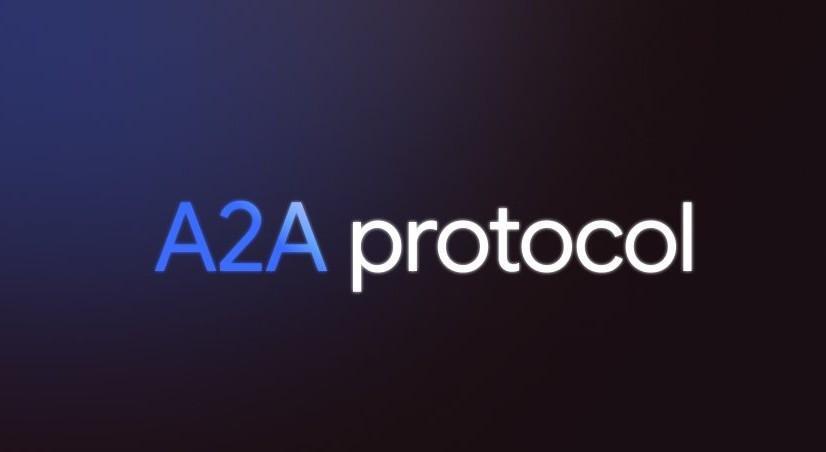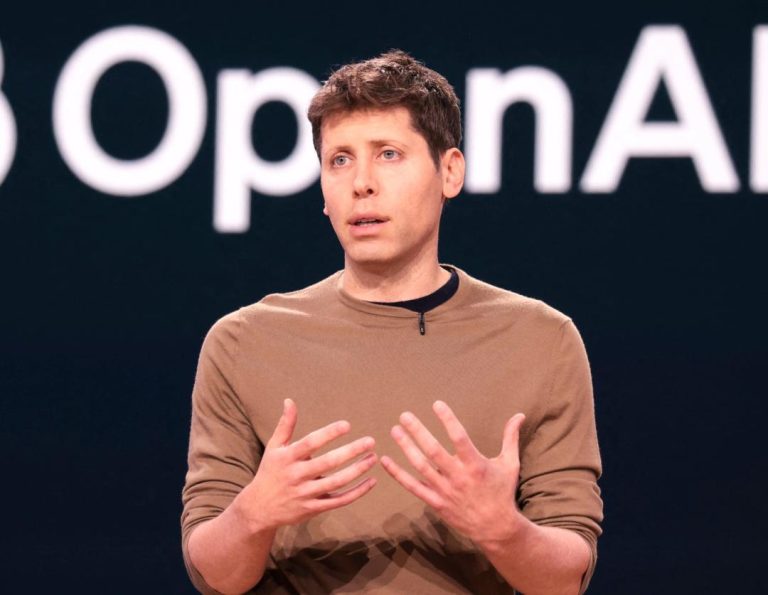
Google Launches A2A Protocol to Enhance AI Agent Synergy
In a significant breakthrough, Google has launched Agent2Agent (A2A), a new open-source protocol that enables AI agents from various systems to work together seamlessly. This innovative protocol allows AI agents to communicate with each other, securely exchange information, and coordinate actions over various enterprise platforms or applications.
The A2A protocol is designed to bridge the gap between different AI systems, making it easier for developers to build agents that can connect with any other agent built using this protocol. This marks a new era of agent interoperability, where AI agents can collaborate and share knowledge without any limitations.
What is Agent2Agent (A2A)?
Agent2Agent (A2A) is an open-source protocol developed by Google that enables AI agents to communicate with each other. The protocol is designed to provide a common language for AI agents to understand and communicate with each other, regardless of their underlying architecture or programming language.
A2A is built on top of the Web Messaging API and uses standard HTTP/2 and WebSocket protocols to enable communication between AI agents. The protocol provides a secure and reliable way for AI agents to exchange information, allowing them to coordinate actions and make decisions together.
Benefits of A2A
The A2A protocol offers several benefits to developers and organizations:
- Interoperability: A2A enables AI agents from different systems to communicate with each other, breaking down the barriers of proprietary protocols and allowing for seamless integration.
- Collaboration: A2A enables AI agents to work together, share knowledge, and coordinate actions, leading to more effective decision-making and improved outcomes.
- Security: A2A provides a secure way for AI agents to exchange information, ensuring that sensitive data remains protected.
- Flexibility: A2A is designed to be flexible and adaptable, allowing developers to build agents that can connect with any other agent built using the protocol.
Use Cases for A2A
The A2A protocol has a wide range of use cases across various industries, including:
- Customer Service: A2A can enable chatbots and virtual assistants to work together, providing a seamless customer experience across multiple platforms.
- Supply Chain Management: A2A can enable AI agents to coordinate logistics and inventory management, streamlining supply chain operations.
- Healthcare: A2A can enable AI agents to share patient data and coordinate treatment plans, improving healthcare outcomes.
- Financial Services: A2A can enable AI agents to coordinate transactions and manage risk, improving financial market stability.
Getting Started with A2A
For developers, getting started with A2A is easy. The protocol is open-source, and Google has provided a comprehensive documentation and code samples to help developers integrate A2A into their projects.
Developers can start by reading the A2A documentation and code samples, and then experiment with building their own AI agents using the protocol. Google has also provided a set of example applications and demos to help developers get started.
Conclusion
The launch of A2A protocol marks a significant milestone in the development of AI agent interoperability. With A2A, developers can build AI agents that can connect with any other agent built using the protocol, enabling seamless collaboration and coordination across various enterprise platforms and applications.
As the use cases for A2A continue to grow, we can expect to see AI agents playing a more significant role in various industries, from customer service to supply chain management. With A2A, the possibilities are endless, and we can expect to see a new era of agent interoperability that will transform the way we work and live.
Source:
https://developers.googleblog.com/en/a2a-a-new-era-of-agent-interoperability/
Note: The above blog post is a summary of the news article posted on Google’s official developer blog. The original article can be found at the provided news URL.






